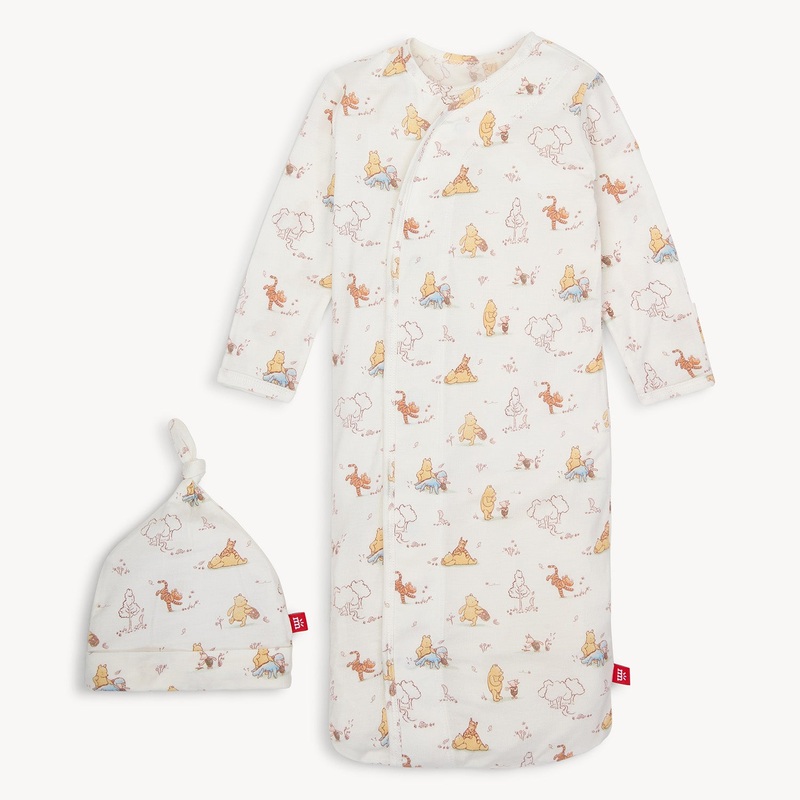Balsamine Rose Flower - Flower Seeds
The Balsamine Rose, also known as Impatiens balsamina, is a stunning annual flower that brings vibrant colors and lush foliage to any garden. With its delicate, rose-like blooms in shades of pink, red, and white, this flower is perfect for borders, containers, and as a cut flower. Its ability to thrive in partial shade makes it a favorite among gardeners looking to brighten up shadier spots.
What makes the Balsamine Rose special is its unique ability to self-seed, ensuring a continuous display of blooms year after year. This hardy plant is not only beautiful but also attracts pollinators, contributing positively to the ecosystem. Its historical significance dates back to ancient times, where it was cherished for its ornamental value and medicinal properties.
Special features of the Balsamine Rose include its fast growth rate and resilience to various environmental conditions. This flower can adapt to different soil types and is known for its long blooming season, providing color from summer to fall.
Growing Instructions:
- Sow seeds indoors 6-8 weeks before the last frost or directly outdoors after the danger of frost has passed.
- Plant seeds 1/4 inch deep in well-draining soil, spacing them 12-18 inches apart.
- Water gently to keep the soil moist but not soggy.
- Provide partial shade for optimal growth, especially in hotter climates.
Care Instructions:
- Water regularly, ensuring the soil remains consistently moist.
- Fertilize every 4-6 weeks with a balanced fertilizer to promote healthy growth.
- Deadhead spent blooms to encourage more flowers and prevent seed formation.
- Monitor for pests like aphids and treat with insecticidal soap if necessary.
Uses:
- Ideal for garden beds, borders, and containers.
- Perfect for cut flower arrangements, adding a touch of elegance to any bouquet.
- Attracts beneficial pollinators like bees and butterflies, enhancing biodiversity.
Fun Facts:
- The Balsamine Rose is often referred to as "Touch-Me-Not" due to its seed pods that burst open when touched.
- Historically, the plant has been used in traditional medicine for its anti-inflammatory properties.
- It is native to tropical Asia but has become popular worldwide for its ornamental beauty.

